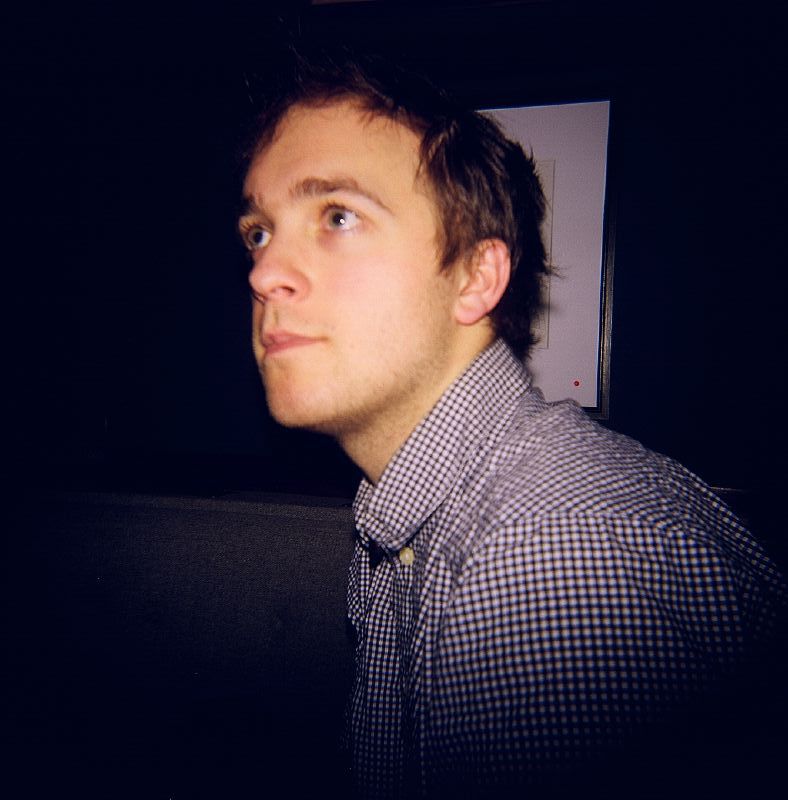
I saw this image on HTMLGiant the other day. Lots of ideas.
1) Is it a profound image or is it po-profound, a sort of sixth form poetry? Can it be both? There is something profound about a lack of profundity, isn't there, that sort of piercing amateurishness that is actually more visceral and connected to both writer/image-maker and reader/viewer than something tailored by a master crafter. It isn't layered through double- and double-double-guessing of audience and their views of the artist, their knowledge, their intelligence etc etc. What it is layered through is a self-conscious attempt at self-creation-by-assocation - the sort of teen (I was one) that said how great things were not because he/she thinks they're great but because they know the associations these things elicit in people's heads, like the Beats making people think of crazy, hobo artists, or Sylvia Plath or Holden Caulfield... But that self-consciousness is so obvious that it becomes a sort of brave honesty in a way.
2) Weird time/place thing. This is a map of a place, and a very particularly contemporary one - the technology has only been around for a while to do it, and it was taken on a specific day at a specific time when the sun was a particular point in the sky and people were a certain way down that particular road. But all of a sudden it's a March day in 1941. The creator has chosen to take away the satellite option which de-temporalises it in a way, or at least allows for the March 28th 1941 to be there.
It's not just a map of a place, though. It's obviously a map of a time, too. It reminds me of that phrase you see in news reports or travel brochures about "a corner of Britain that has forever remained in 1941". It's usually about a theme village or something, or somewhere that hasn't got broadband yet. So what's this? Is this the same thing, a kind of Woolf theme park? I don't think so, I don't imagine there are plaques up or anything. It is one of those places that becomes a sort of shrine, although that's not quite the right word, a place that people gravitate to. Like the Salford Boys Club for Smiths fans, or Jim Morrison's grave in Paris. It becomes a portal where people think they can establish a firmer contact with the person. Like the kisses all over Oscar Wilde's grave in the same cemetery as Morrison's. A place comes to stand for the passage of time, it comes to almost hold energy from that time long ago, it is as if it has never really moved on. Time stood still. Which is exactly what this image does - it makes time stop. Images always do that.
3) No line between A and B. Derek - doing his PhD on Woolf - jokily said that Woolf would probably have resisted such linearity! He's got a point though. A line would make the thing ridiculous, make it over-proscriptive, as if it were just a case of going from one place to another (which I suppose it is, in a way). But in truth that line would be undescribable. It wouldn't contain anything, there's no way it could, no way that you could make it have meaning in any proper way.
If there's an A and a B, one wonders if there's C, a D, and so on. If there were a line, one might get the impression that nothing ended at B, it was just a stop-over. There is already an element of that with just the A and the B. But one could also say that the presence of the A and B make it even more poignant - something cut off early, there's another 24 letters to go! (Ironic to mark the death of a writer with the first letters of the alphabet). One could say it renders the sudden stop even more sudden than if there hadn't been markers. The sudden stop upon realising that there is no C, there's no "and then what happened?" That's just it.

No comments:
Post a Comment